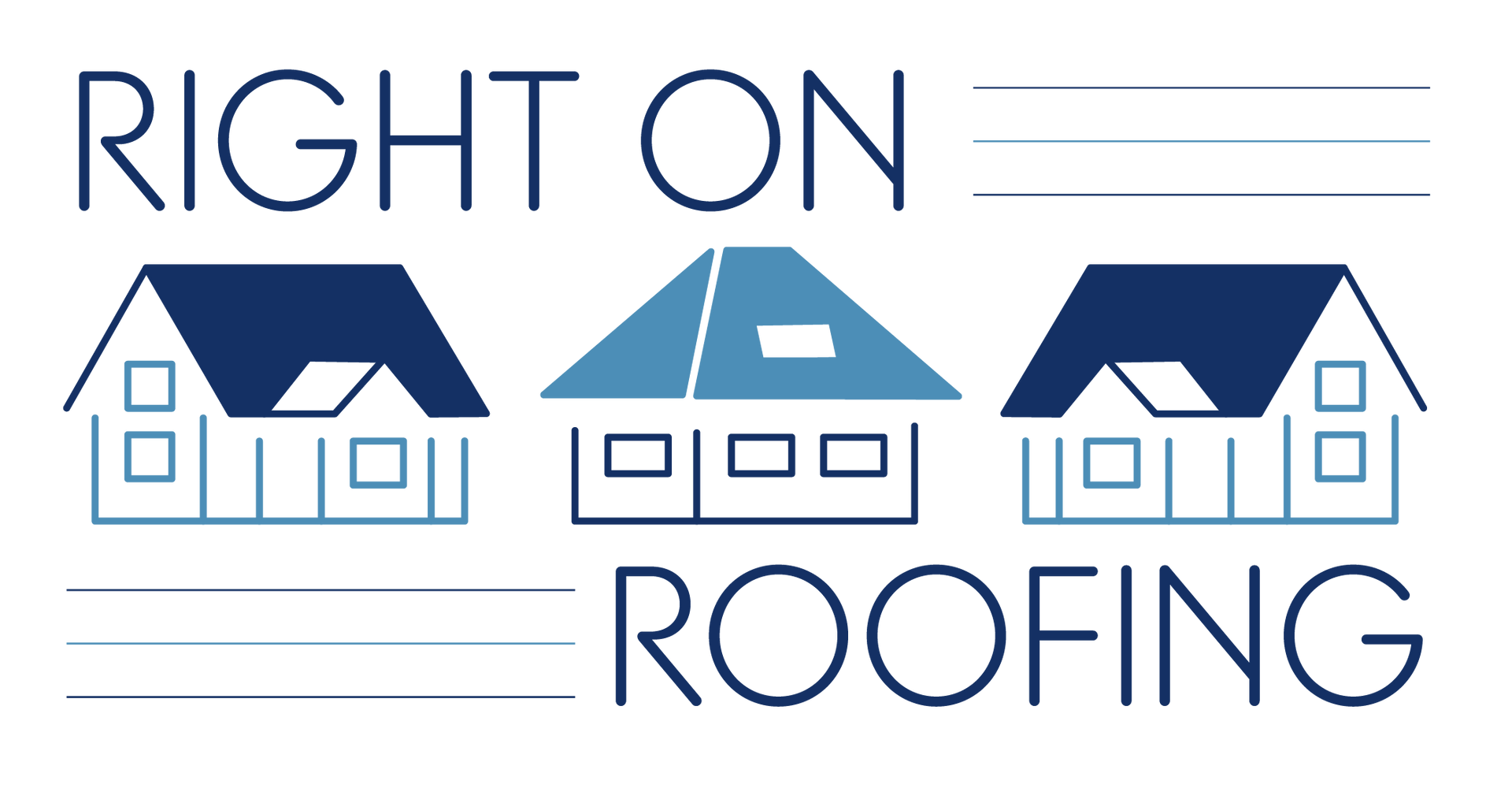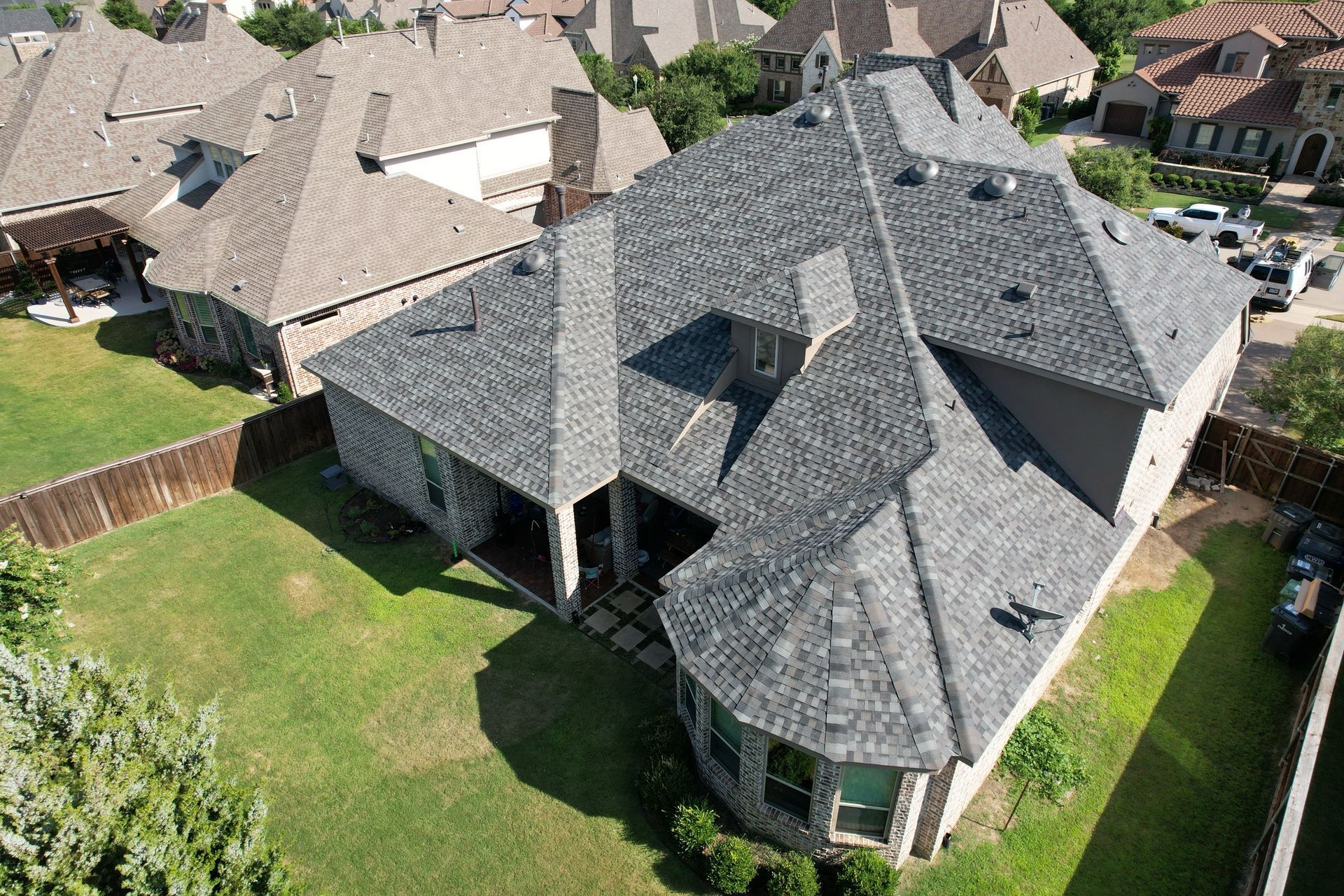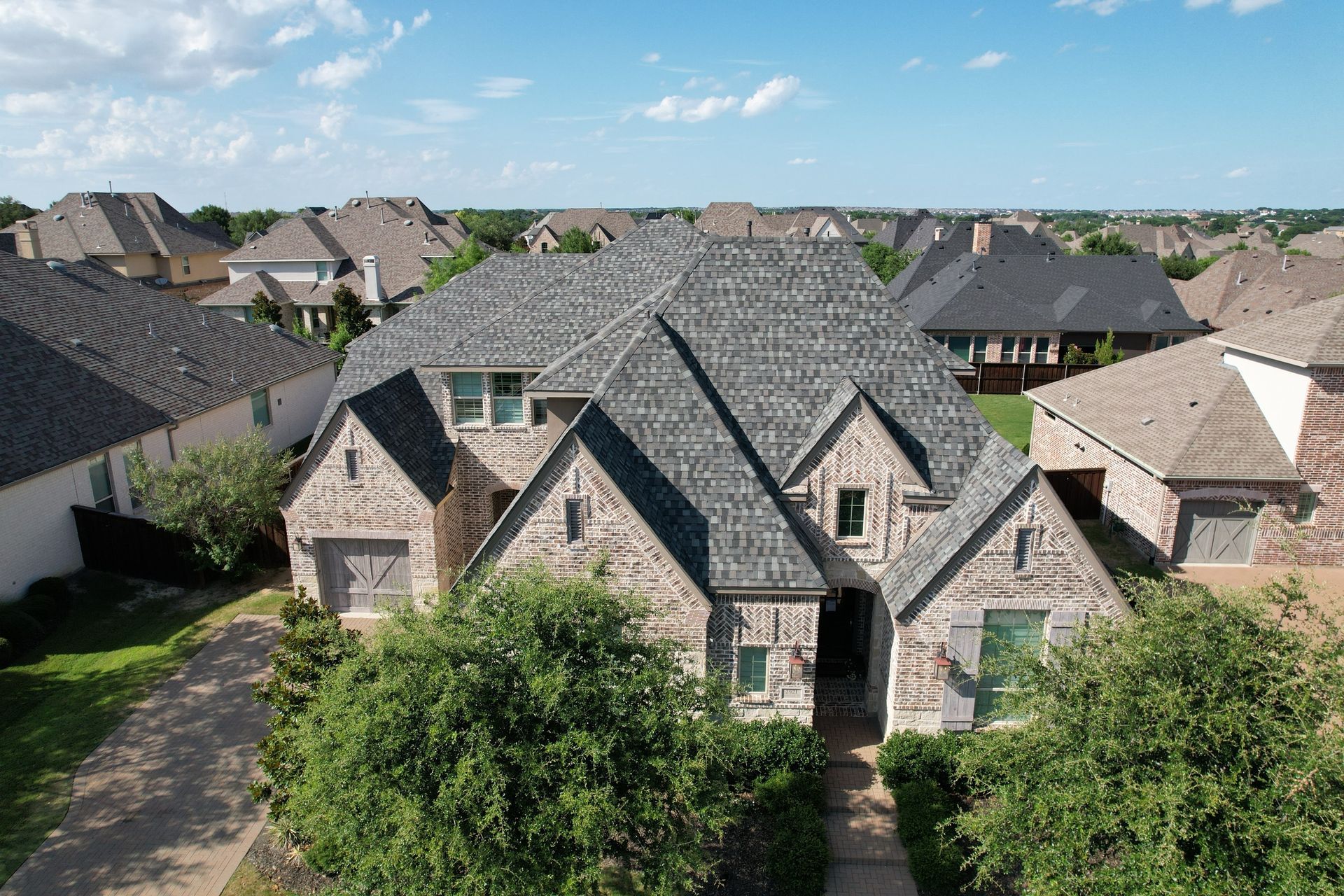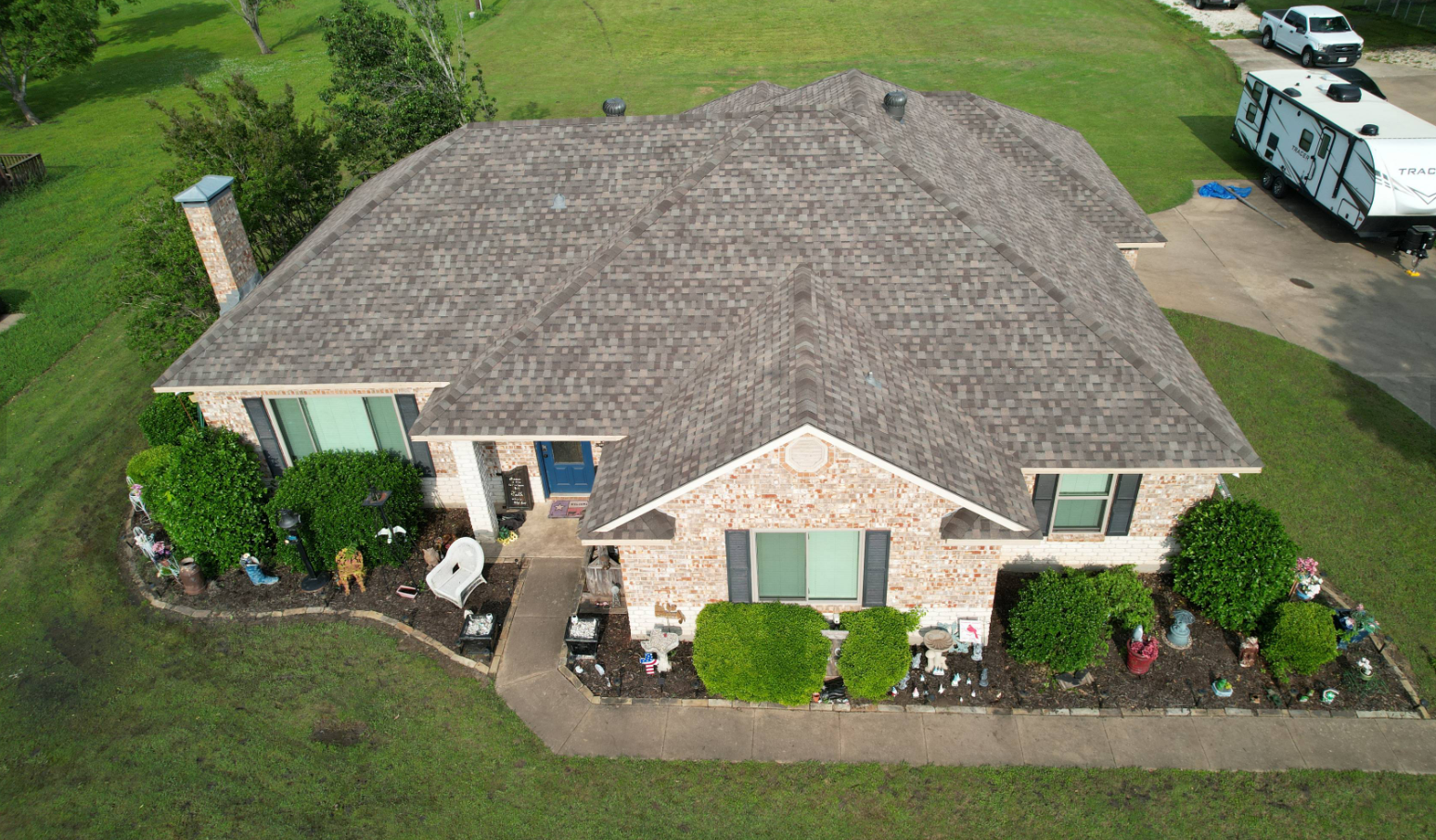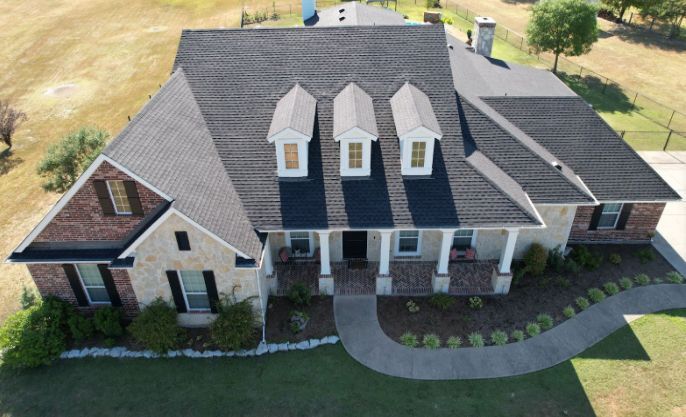Get in touch
555-555-5555
mymail@mailservice.com
Green Roofing Solutions
Brooke Douglas • September 5, 2024
Green Roofing Solutions for the Eco-Conscious Homeowners
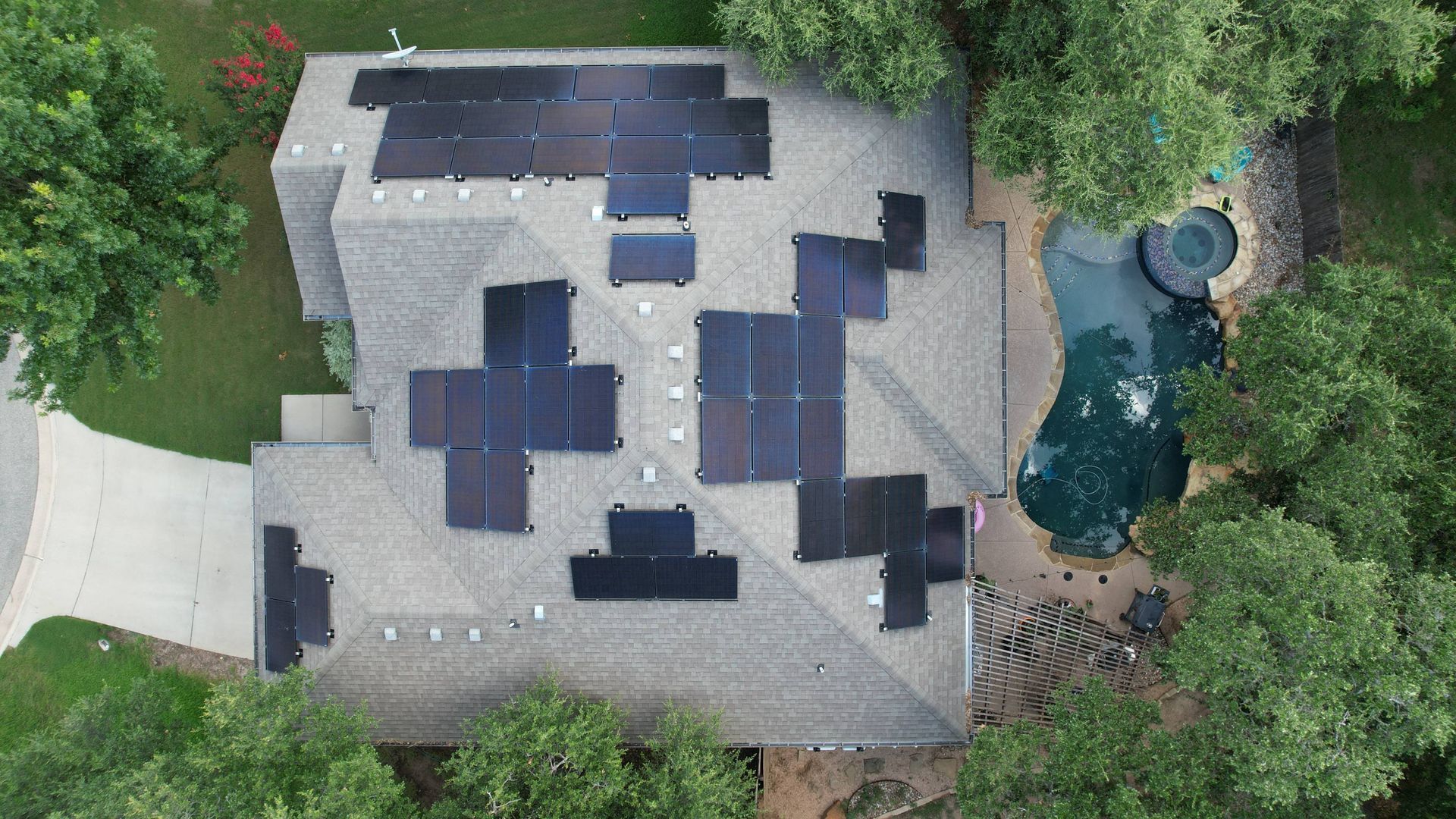
As concerns about environmental sustainability continue to grow, more homeowners are seeking ways to reduce their ecological footprint. One effective approach is by adopting green roofing solutions, which not only benefit the environment but can also enhance the energy efficiency and aesthetic appeal of your home. Here’s an overview of some popular green roofing options that eco-conscious homeowners might consider.
1. Cool Roofs
Cool roofs are designed to reflect more sunlight and absorb less heat than standard roofing materials. They achieve this through reflective coatings or materials that have a high solar reflectance and thermal emittance. By keeping your home cooler, especially during the hot Texas summers, cool roofs can reduce your reliance on air conditioning, leading to lower energy bills and reduced greenhouse gas emissions. Additionally, cool roofs help mitigate the urban heat island effect, making them a great choice for homeowners in densely populated areas.
2. Green (Vegetative) Roofs
A green roof, also known as a vegetative or living roof, involves growing plants on the rooftop over a waterproof membrane. This type of roof provides numerous environmental benefits, including improved air quality, reduced stormwater runoff, and enhanced insulation. The plants on a green roof absorb rainwater, reduce runoff, and help cool the building through evapotranspiration. Green roofs also provide habitats for wildlife and can transform urban spaces into green oases. While green roofs require more maintenance and a higher initial investment, the long-term benefits for both the environment and your energy bills make them a worthwhile consideration.
3. Solar Roofs
Solar roofing involves integrating solar panels into the roof structure to generate renewable energy for your home. This solution allows you to harness the power of the sun to reduce or even eliminate your reliance on traditional energy sources. Solar roofs can significantly lower your electricity bills and reduce your carbon footprint. Modern solar roofing options are designed to blend seamlessly with your home’s architecture, offering both aesthetic and functional benefits. With various incentives and tax credits available, solar roofs are becoming an increasingly accessible option for homeowners looking to make an eco-friendly investment.
4. Recycled Roofing Materials
Opting for roofing materials made from recycled content is another excellent way to minimize environmental impact. Recycled roofing materials, such as shingles made from reclaimed wood, rubber, plastic, or metal, divert waste from landfills and reduce the demand for new raw materials. These materials are often durable and long-lasting, providing a sustainable and cost-effective roofing solution. Additionally, many recycled roofing products are designed to be recyclable at the end of their lifespan, further contributing to a circular economy.
5. Metal Roofing
Metal roofing is not only durable and long-lasting but also one of the most environmentally friendly roofing options available. Metal roofs are typically made from recycled materials and are fully recyclable at the end of their life. They reflect solar radiant heat, which can reduce cooling costs by up to 25%, making them energy efficient. Additionally, metal roofs can easily accommodate solar panels and rainwater harvesting systems, enhancing their eco-friendly credentials. With a lifespan of 50 years or more, metal roofs are a smart investment for homeowners looking to reduce their environmental impact.
6. Sustainable Roofing Insulation
Insulation plays a critical role in the overall energy efficiency of your roof. Using sustainable insulation materials, such as cellulose, wool, or recycled denim, can further enhance your roof’s eco-friendliness. These materials are often made from renewable resources or recycled content and offer excellent thermal performance. Proper insulation reduces heat loss in winter and heat gain in summer, helping to maintain a comfortable indoor temperature year-round and lowering your energy consumption.
7. Rainwater Harvesting Systems
While not a roofing material per se, integrating a rainwater harvesting system into your roof design is an eco-friendly addition. These systems collect and store rainwater from your roof for reuse in irrigation, flushing toilets, or even as potable water if properly treated. By reducing your dependence on municipal water supplies, rainwater harvesting systems contribute to water conservation efforts and can lower your water bills.
In conclusion, green roofing solutions offer eco-conscious homeowners a variety of ways to reduce their environmental impact while also benefiting from enhanced energy efficiency and long-term cost savings. Whether you choose a cool roof, a green roof, solar panels, or sustainable materials, investing in an eco-friendly roof is a step toward a more sustainable future. If you’re interested in exploring green roofing options for your home, consult with a professional roofer to determine the best solution for your specific needs and location.

By Jason Hicks
•
January 10, 2025
Ice damming occurs when snow on a roof melts, usually due to heat escaping from the attic or an unevenly heated roof and then refreezes at the eaves (the edges of the roof). This creates a "dam" of ice that prevents additional melting snow from properly draining off the roof. Instead, the water pools behind the ice dam and can seep under shingles, potentially causing roof leaks, water damage, and even structural problems. Here's a breakdown of the process: Snow Accumulation: Snow builds up on the roof during a winter storm. Melting: Warm air inside the attic or heat from the sun causes the snow to melt at the higher, warmer parts of the roof. Refreezing: As the melted snow flows down the roof, it reaches the colder eaves or edges of the roof where it refreezes, forming an ice dam. Water Pooling: The ice dam blocks further melted snow from draining, causing water to pool behind it. Leakage: Over time, this pooled water can work its way under the shingles, potentially penetrating the roofing underlayment and causing leaks inside the home. Potential Consequences of Ice Damming Roof Damage: Water infiltration can rot roof decking and compromise the roof structure. Gutter Damage: Ice dams can weigh down and damage gutters. Interior Water Damage: Water may seep into walls, ceilings, and insulation, leading to stains, mold, and structural issues. Preventing Ice Damming Proper Insulation: Ensure the attic is well-insulated to keep heat from escaping and warming the roof. Ventilation: Adequate attic ventilation helps maintain a consistent roof temperature. Snow Removal: Safely remove snow from the roof using tools like a roof rake to minimize melting and refreezing. Ice and Water Shield: Install an ice and water shield membrane under the shingles, especially at the roof edges. Heating Cables: Use electric heating cables along the eaves to prevent ice from forming. Addressing ice damming early can help protect the roof and avoid costly repairs.

By Jason Hicks
•
December 17, 2024
Is your roof ready for the seasons ahead? A little maintenance goes a long way in protecting your home and saving on costly repairs. ✅ Call us for a FREE inspection today! 📞 214-585-7391 Make sure to: ✔️ Clear debris from your roof ✔️ Fix damaged shingles & flashing ✔️ Clean gutters ✔️ Trim overhanging tree branches Don't wait until small issues turn into big problems. Let Right On Roofing take care of your home! #RoofMaintenance #HomeCare #RightOnRoofing #FreeInspection #ProtectYourHome #RoofingExperts
